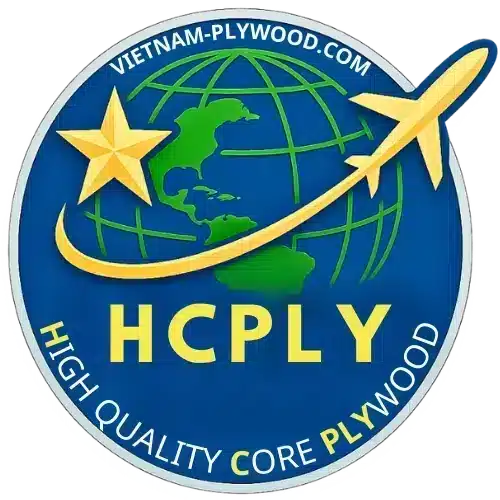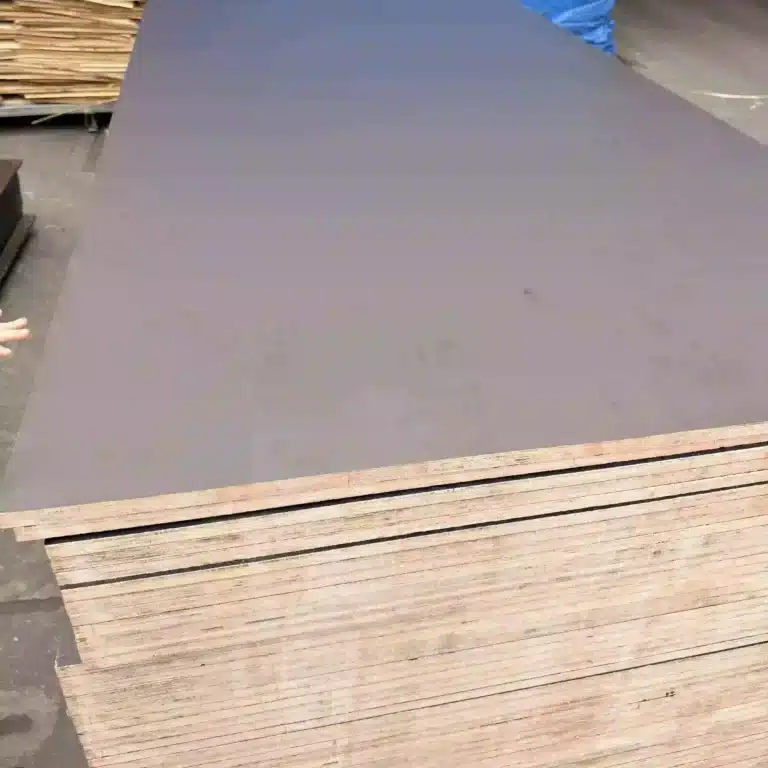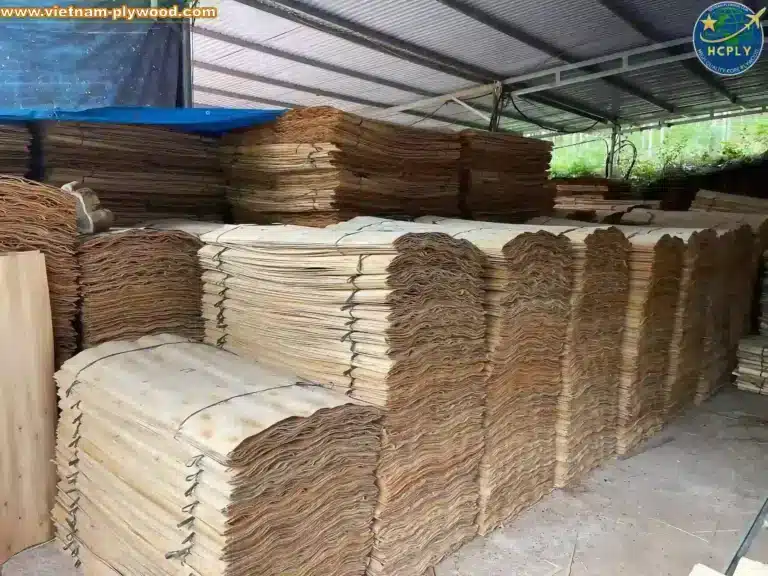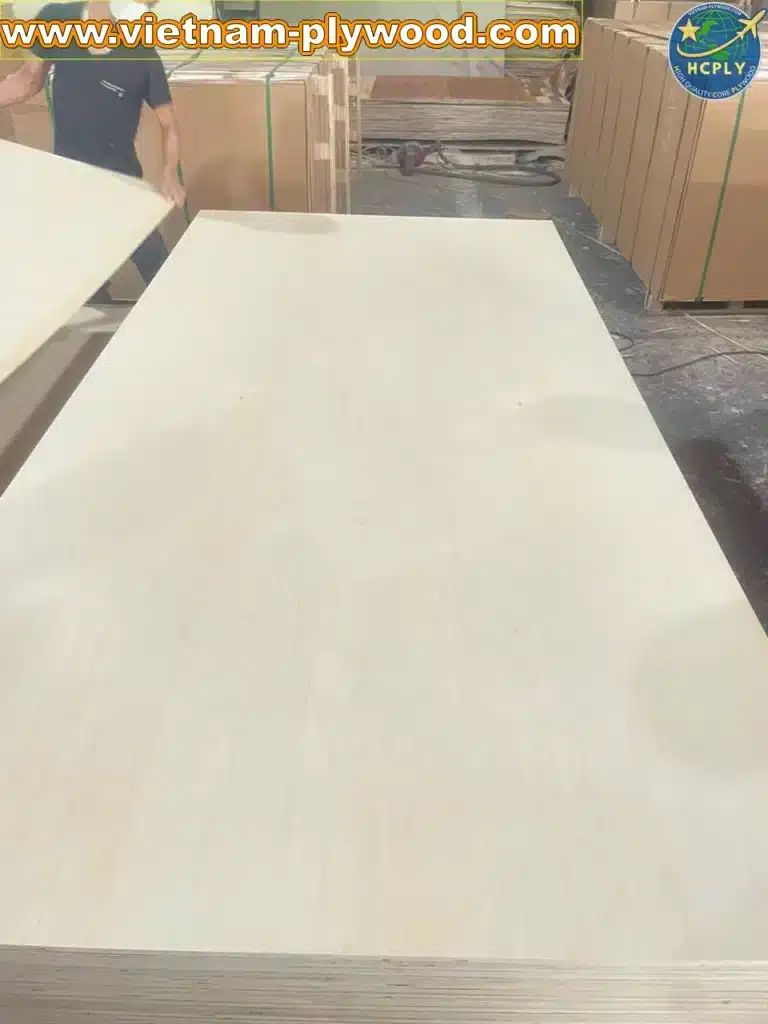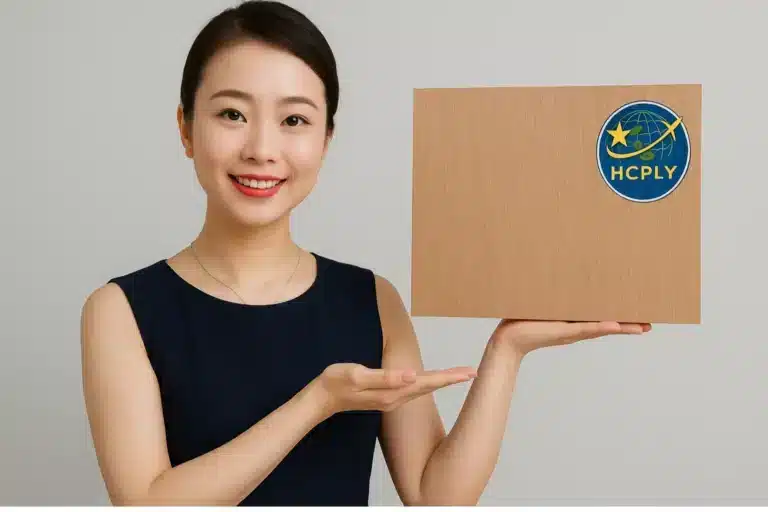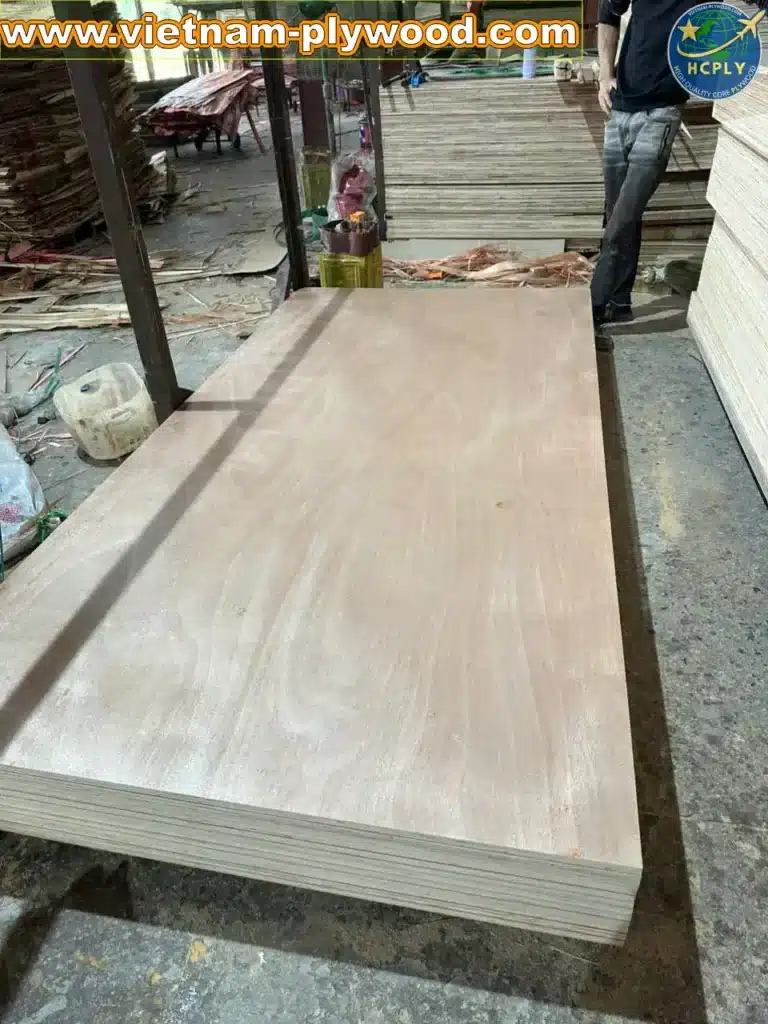Glue Types Used in Vietnam Plywood – Melamine, Phenolic, WBP
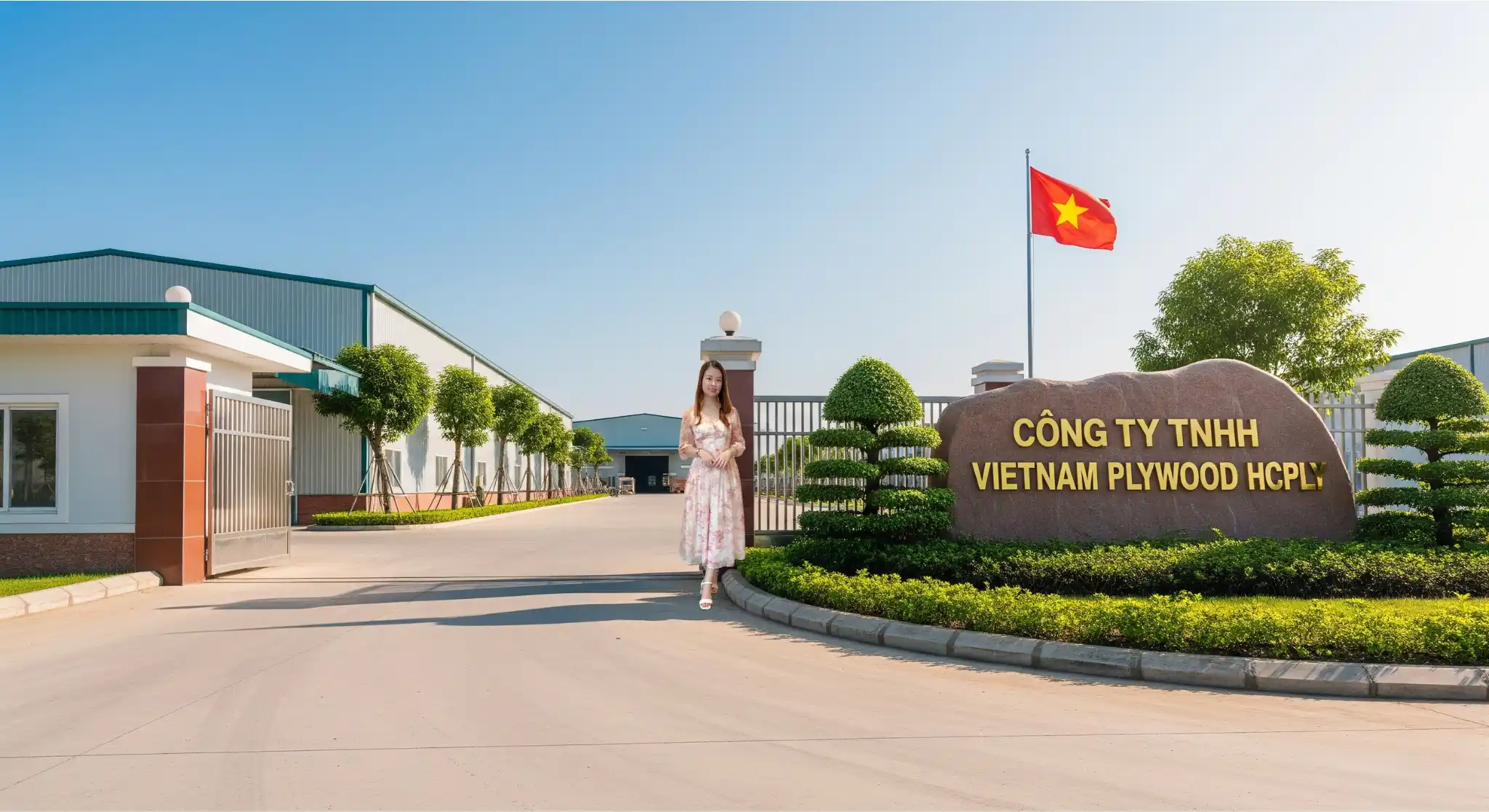
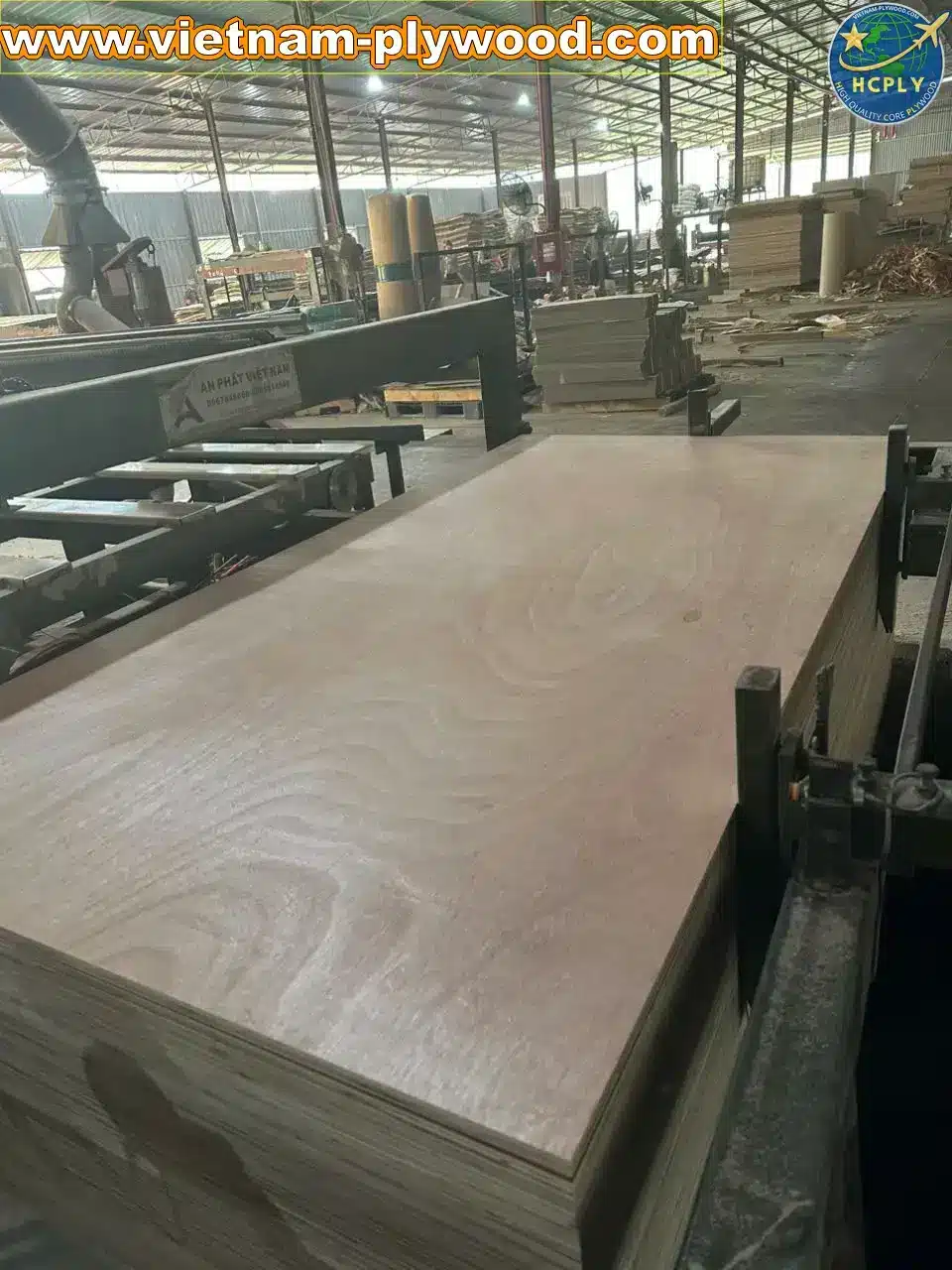
Overview
In Vietnam’s plywood industry, glue plays a critical role in determining bonding strength, water resistance, and long-term durability. The three most common types used are Melamine Glue, Phenolic Glue, and WBP (Water Boiled Proof)glue. Each has its own performance standards, cost differences, and export market preferences.
1️⃣ Introduction to Glue Types in Vietnam Plywood
🪵 Glue is the backbone of plywood quality. While veneer selection gets most of the attention, adhesive choice often defines whether your plywood will survive years of use or fail within months. In Vietnam, factories generally use melamine glue plywood, phenolic glue plywood, or WBP standard adhesives, depending on the product’s target market and end-use requirements.
2️⃣ Melamine Glue Plywood
💡 Melamine Urea Formaldehyde (MUF) is a popular choice for interior-grade plywood.
- Advantages: Light-colored glue line, smooth finish, cost-effective.
- Limitations: Not fully waterproof – suitable for indoor furniture, cabinets, and decorative applications.
- Export markets: Often shipped to Southeast Asia, Middle East, and Africa for budget-conscious buyers.
3️⃣ Phenolic Glue Plywood
🔥 Phenol Formaldehyde (PF) glue is the king of water resistance.
- Advantages: Dark glue line, high bonding strength, ideal for exterior and marine applications.
- Performance: Passes 72 hours boiling water test without delamination.
- Export markets: Preferred in India, Europe, and construction-heavy regions.
4️⃣ WBP Glue Standards
🌊 WBP (Water Boiled Proof) isn’t a glue itself but a performance standard.
- Can be achieved with either melamine or phenolic formulations.
- Testing: Boiled in water for 8–72 hours depending on grade.
- Ensures stability in humid or outdoor environments.
5️⃣ Glue Performance Comparison Table
| Glue Type | Water Resistance | Durability | Cost | Typical Use Cases |
|---|---|---|---|---|
| Melamine MUF | Medium | 5–10 yrs | Low | Indoor furniture, decoration |
| Phenolic PF | High | 15+ yrs | High | Marine, exterior, shuttering |
| WBP Standard | Variable | 8–15 yrs | Medium | All-weather plywood, export grade |
6️⃣ How Glue Affects Export Quality
Understanding Glue Types Used in Vietnam Plywood
📦 International buyers demand consistency. Poor glue quality leads to:
- Delamination during shipping
- Weak bonding under moisture
- Reduced lifespan in humid climates
Choosing the right glue type is as important as choosing the right veneer.
7️⃣ Common Testing Methods in Vietnam
🔍 Vietnamese factories use:
- Boiling Test – Simulating extreme weather.
- Shear Strength Test – Ensuring glue bonds veneer layers firmly.
- Microscopic Inspection – Checking glue penetration depth.
8️⃣ Environmental & Safety Standards
🌱 Export plywood must meet formaldehyde emission limits:
- E0/E1: Suitable for indoor use in EU, Japan.
- CARB P2: Required for the USA market.
Glue choice directly impacts compliance.
9️⃣ Buyer Tips for Choosing the Right Glue
✅ Ask for glue type and boiling test reports before confirming orders.
✅ Match glue performance with your target market’s climate.
✅ Remember: Higher glue quality reduces future warranty claims.
🔟 Conclusion
Final thought: Glue is the invisible hero of plywood. Investing in the right adhesive means investing in long-term customer satisfaction.
📞 For export-grade plywood with guaranteed glue performance, contact HCPLY today.
FAQ
Q1: Which glue is best for waterproof plywood in Vietnam?
A1: Phenolic glue is the most water-resistant, passing 72-hour boiling tests.
Q2: Can WBP plywood use melamine glue?
A2: Yes, but phenolic glue gives higher water resistance.
Q3: Which glue is best for indoor furniture?
A3: Melamine glue offers a smooth finish and sufficient strength for interiors.
Q4: Does glue type affect plywood price?
A4: Yes, phenolic glue plywood is more expensive due to superior performance.
